Change is coming to the eastern forest. The decisions made now could have long-lasting implications for the forests we know in the future.
How will conservationists respond?
What does it mean to manage a “pristine” forest?
What complexities do land managers face as they try to maintain a healthy forest in the face of new ecological threats – and differing human values that at times conflict with the science?
I’ll be exploring these questions this week in a five-part blog series on the issues faced by one seemingly pristine forest preserve in north-central Pennsylvania, a microcosm of the complexities faced in forests in the eastern United States.
There is likely more forest cover in the eastern United States than at any time since European colonization. The return of forests has meant the restoration of abundant wildlife. In many ways, it’s a stunning conservation success.
Many people see all this forest and see a pristine landscape. They drive along a road and see lots of trees, and lots of deer, and think all is well – if we could just leave it alone.
The sentiment is perhaps best illustrated by a scene in that iconic Disney movie Bambi. The forest’s creatures lead a peaceful, serene life until Bambi’s mother announces, “Man has entered the forest.”
Then all hell breaks loose.
If humans could just stay out of the forest, all would be well.
Or would it?
Millions of people live in close proximity to the forests along the East Coast. Even if those people could avoid the forest, their presence is going to be felt: in the form of non-native forest pests, over-abundant wildlife, climate change.
Few places illustrate the dilemmas faced by the eastern forest as well as The Nature Conservancy’s Woodbourne Forest Preserve, a 650-acre tract in north-central Pennsylvania, north of the small town of Dimock.
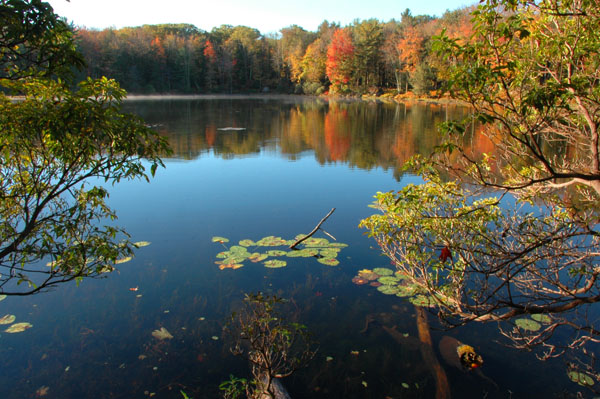
Conservationist Francis Cope donated Woodbourne to the Conservancy in 1954, making it the fourth preserve owned by the Conservancy. Woodbourne had old-growth hemlock and was considered pristine, a wild haven untouched by humanity. Cope wanted it to stay that way.
When he donated the preserve, he specified that it was to remain a true wildlife preserve. There was to be no hunting or trapping, no logging and no extractive human use. There was to be no management occurring on the property to preserve its wild character.
A preserve committee – common for Conservancy properties at the time – was established to ensure that the preserve remained wild and free of human influence.
The only exception would be if extraordinary, unforeseen circumstances occurred, making management essential to protect the natural heritage.
Those extraordinary, unforeseen circumstances are here.
Non-native forest pests like hemlock woolly adelgid and emerald ash borer threaten to eliminate the trees that the preserve was established to protect. Over-abundant deer browse down every new tree seedling, potentially changing the forest more than climate change. Expanding wildlife populations, like beavers, pit a native species against rare old-growth forest groves.
“When the preserve was established, the idea was we wouldn’t have to do much,” says Mike Eckley, the Conservancy’s conservation forester who is showing me around the preserve. “It was protected and we’d just let nature take its course. But if we did that, there will be dramatic changes anyhow, and not for the better.”
That doesn’t make management decisions easy. Not at all. Some people don’t want any wildlife killed or trees logged. Some hunters want more deer. Other hunters want bigger deer. Preservationists don’t want deer killed at all.
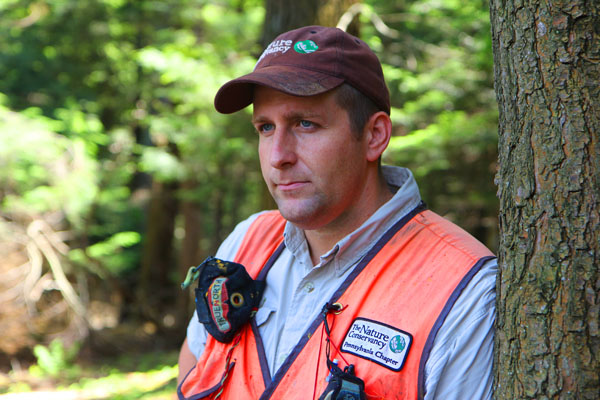
“Each issue presents its own challenges,” says Eckley. “The ecological complexities are always outweighed by the social complexities. Always.”
Eckley notes that the idea of an unchanging forest has never been based on reality. The American chestnuts are already gone – victim of a non-native forest pathogen earlier in the century. The deer’s native predators are gone. Passenger pigeons are gone.
“We can’t return to a pre-colonial forest,” says Eckley. “We now know that even Woodbourne isn’t entirely a virgin forest. We found photos from the 1930s that show pasture land right in the middle of the preserve. The forest has regenerated, but it’s not pristine.”
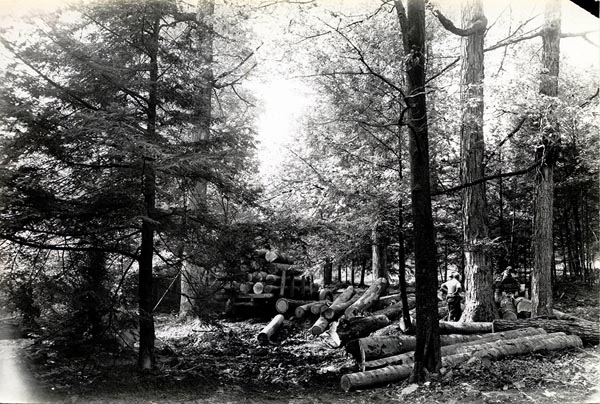
Even with all the threats, the preserve offers a peaceful refuge: a place of towering hemlocks, brooks trickling from beaver dams, colorful songbirds darting through the trees.
It’s easy to see how some believe that chainsaws, deer rifles and pesticides have no place here.
Preserve committee member Joyce Stone remembers coming here for the first time in the 1970s. “When I walked into those hemlock groves, it was like stepping into an earlier century,” she says. “It felt primeval. To see these changes, it breaks your heart. You start to feel hopeless. You wonder what new threat is coming next.”
The Conservancy is using science to try to address those threats, and working with the people who have a stake in the forest to shape a long-term vision for it.
“We have had some gut-wrenching decisions to make,” says volunteer preserve naturalist Jerry Skinner, who has lived at Woodbourne for 24 years. “Conservation sometimes isn’t pretty or easy.”
This week’s series will look at some of those gut-wrenching decisions in depth. The issues explored include:
What is the best way to deal with too many deer, an issue some scientists believe is a bigger threat to the eastern forest than climate change? How can conservationists possibly negotiate the complex values and traditions that shape the deer debate?
How do conservationists save old-growth hemlocks in the face of a devastating non-native pest? Given limited resources, how do they prioritize which trees to save?
With so many forest pests, are there some trees that just can’t be saved? Should they be logged in advance to earn income for saving hemlocks? Which trees live and which die?
What happens when two valued native species conflict? If ecologically important but abundant native beavers threaten ecologically important but imperiled old growth hemlocks, what should conservationists do?
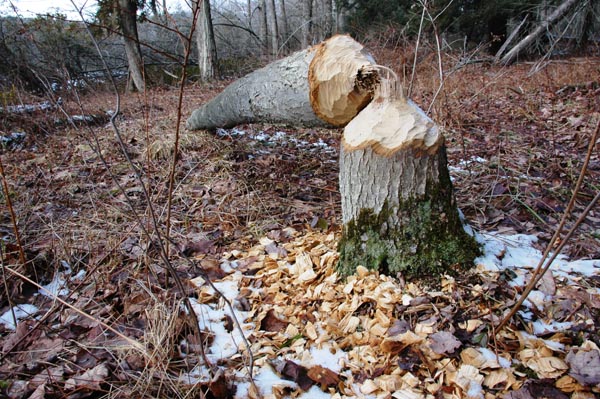
These are not easy issues. Whatever the choice, trees will die. Animals will die. The forest will change, possibly forever.
“Everyone knows this preserve is at a crossroads,” says Eckley. “You don’t have to be a scientist to realize this. The committee members know it. The deer hunters know it. We all care about the future of the forest. What choices do we have to make to get there?”
Welcome to forest conservation in the Anthropocene. I hope you join me as I explore these complexities in detail in the coming days.
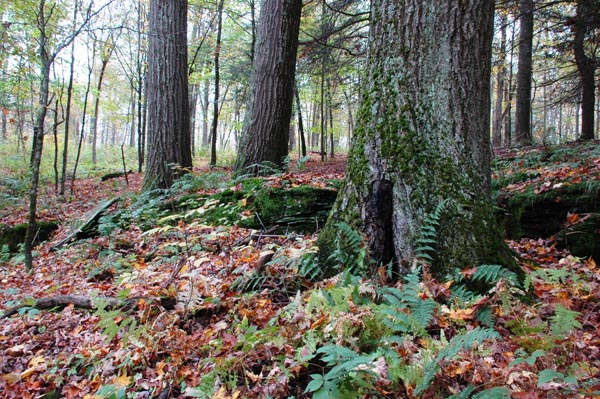
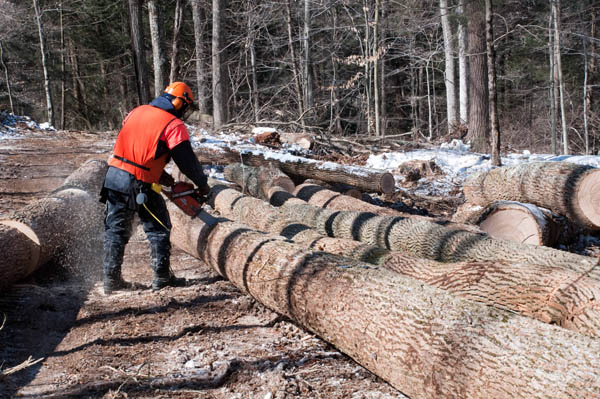



I am unclear as to why there is such an emphasis on game birds such as wild turkeys and the ruffed grouse in WMAs. Is this a more singular focus on hunting based on an economic model or is it put in the context of the overall health of an eastern forest.
Matt, good introduction to the issues. Human impacts are so pervasive it seems that no place can remain stable (natural?). We know that general conditions are changing, but we don’t know how native species will respond, and we don’t know what specific invaders will arrive, what storm or fire will occur, or what native species outbreaks will occur. In part, what’s so gut-wrenching is that almost any decision can backfire. I am looking forward to your series. Thank you. Garry
Nice job with the latest Cool Green Science! It’s great to see TNC highlighting contemporary land management issues in a 5-part case study! I do however, take issue with one of your introductory statements:
“Few places illustrate the dilemmas faced by the eastern forest as [well as] The Nature Conservancy’s Woodbourne Forest Preserve, a 650-acre tract in north-central Pennsylvania, north of the small town of Dimock.”
In reality, many, MANY places illustrate the dilemmas faced by Woodbourne Forest Preserve. Having worked for the NPS and multiple land trusts, I can tell you that the issues you outlined are faced by land managers throughout the east. Overabundant deer populations have led some land trusts to partner with hunting organizations to bring the herd down to a level more consistent with historical densities while simultaneously providing fresh local food to local food banks. The hemlock wooly adelgid have forced biologists at Shenandoah National Park to individually treat each hemlock they wish to survive, costing thousands of dollars and untold man-hours. The EAB continues to spread south and east, and has recently been found to exist in trees throughout northwestern Virginia. In short, the issues faced at TNC’s Woodbourne Forest Preserve typify the range of issues faced by land managers throughout the region. As the climate changes and new invasive species change the biotic community, difficult decisions about what is acceptable and desirable have become the norm, rather than the exception.
Thanks again for highlighting TNC’s issues for members!
Very excited to read that TNC is looking at this issue. Those of us in the field spend far too much time explaining to other folks who consider themselves environmentalists (or environmental scientists) that urban forests full of tires, appliances, and invasive species are not “pristine forests.”
Tantalizing overview, challenging times. Will be following this series all week – thank you for taking on this important topic.